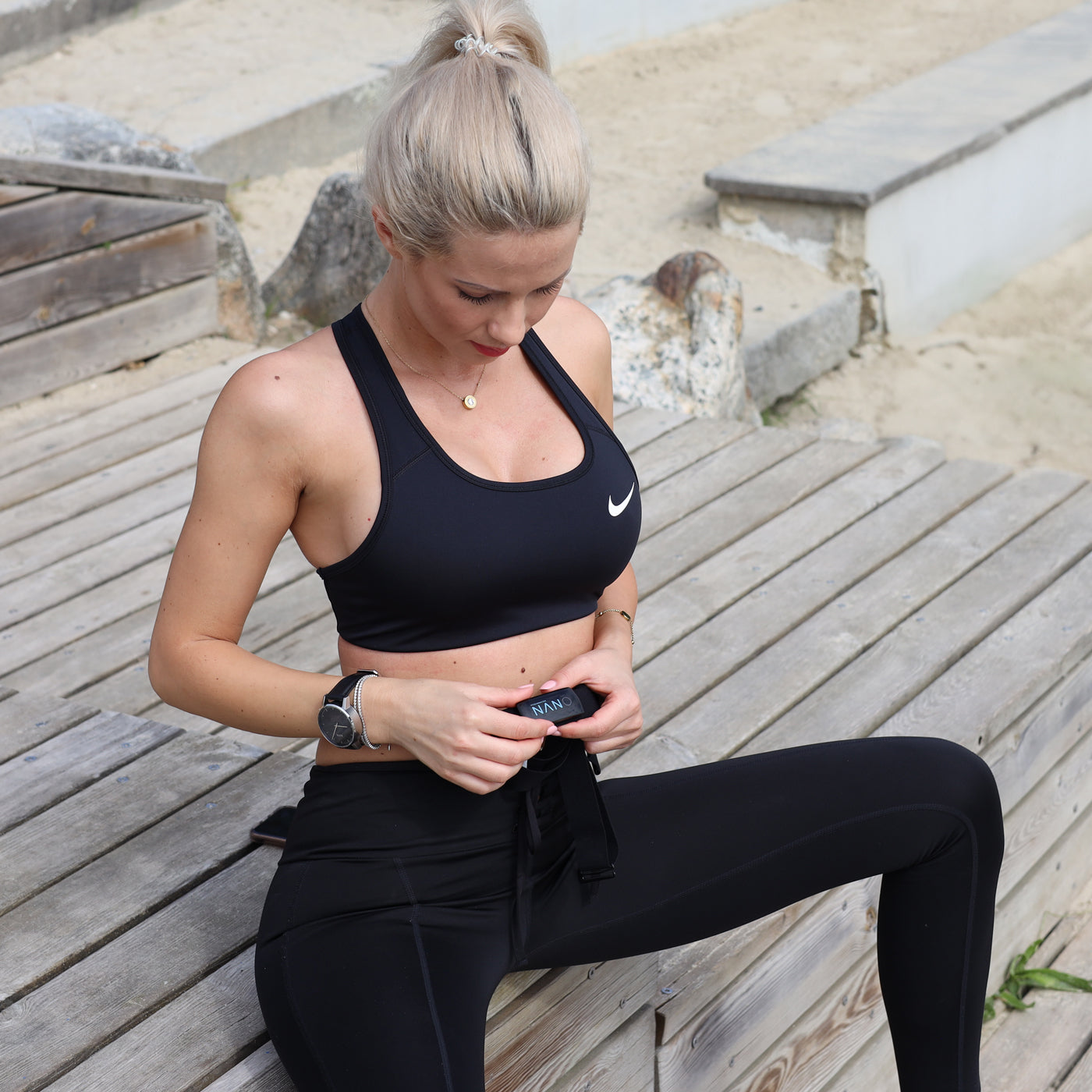Your heartbeat contains a ton of important and useful information. Did you know that a variable and irregular heartbeat is better than a regular heartbeat? Did you know that your heartbeat suddenly becomes very regular when you are under stress and very variable when you are relaxed? This is where the term “ heart rate variability ” comes from.
- variable heartbeat : sign of good condition/good function
- Rigid impact sequence : sign of high stress/poor function
DETAILS ON HRV
UNVARIABLE HRV
If your HRV is very unvariable, then it is due to the following factors:
- You are exhausted from work or training
- You are overtraining
- You are suffering from an illness or acute pain
- You are in extreme temperatures or at high sea level
- You suffer from stress, depression, etc.
- You eat poorly
- You drink too much alcohol
- You don't sleep well
VERY VARIABLE HRV
If your heart rate variability is high, the following factors are crucial:
- You are regenerated
- You sleep excellently
- You are euphoric
- You eat optimally
- You are healthy
- You are relaxed and relaxed
HRV NERVOUS SYSTEM
All vital functions of our organism are regulated by the autonomic nervous system . A measurement of the autonomic nervous system (" Guideline for the use of heart rate and heart rate variability in occupational medicine and occupational science ", page 6) provides information about the current functional state of the organism. This is reflected in the organs. The autonomic nervous system regulates the heart to ensure optimal blood supply to the entire body. Various sensors report the condition of the vascular system and the heart. This regulates the heartbeat so that it provides optimal care. This is controlled by two opponents in the autonomic nervous system. If you are healthy, then these two work together optimally ( David Dapra: The variability of the heart rate , page 6). You can easily measure exactly this functioning of your HRV nervous system with the Vitalmonitor. The Vitalmonitor goes an important step further and prepares these results for you in easy-to-understand values such as stress, regeneration, training recommendations or BioAge.
- Sympathetic nervous system (activating – fight/flight)
- Parasympathetic nervous system (regenerative – system building/repair)
INFLUENCE YOUR HRV:
Not - hardly changeable : chronic overload, chronic illness
Can be changed in the long term : change in living conditions (moving, changing jobs)
Can be changed in the medium term: changes in sleeping habits, diet, exercise, time management, permanent stress
Can be changed at short notice: training stimuli, night sleep, selective stress, physical exertion, food intake, change of location, exposure to altitude, jet lag, etc.
HOW IS HRV MEASURED?

From a medical perspective , HRV is derived from an ECG . This process takes place directly in the Vitalmonitor Nano. The start of a contraction in your ventricle triggers a noticeable rash called R waves. The distance between two of these R waves is called the RR interval and is the value that we prepare for our HRV measurement.

In the "Heart rate variability (msec)" table, we display the average heart rate variability during the resting measurement in milliseconds. Higher tends to be better, but the actual level is strongly related to personal factors. That's why we only compare your values with your own for our training recommendations and stress values values and do not use statistical averages.
In detail
FOR WHAT PURPOSES IS HRV USED?
We use HRV for three requirements: firstly for measuring regeneration in sports, secondly for measuring stress in the health sector and thirdly for various areas of application in corporate health promotion.
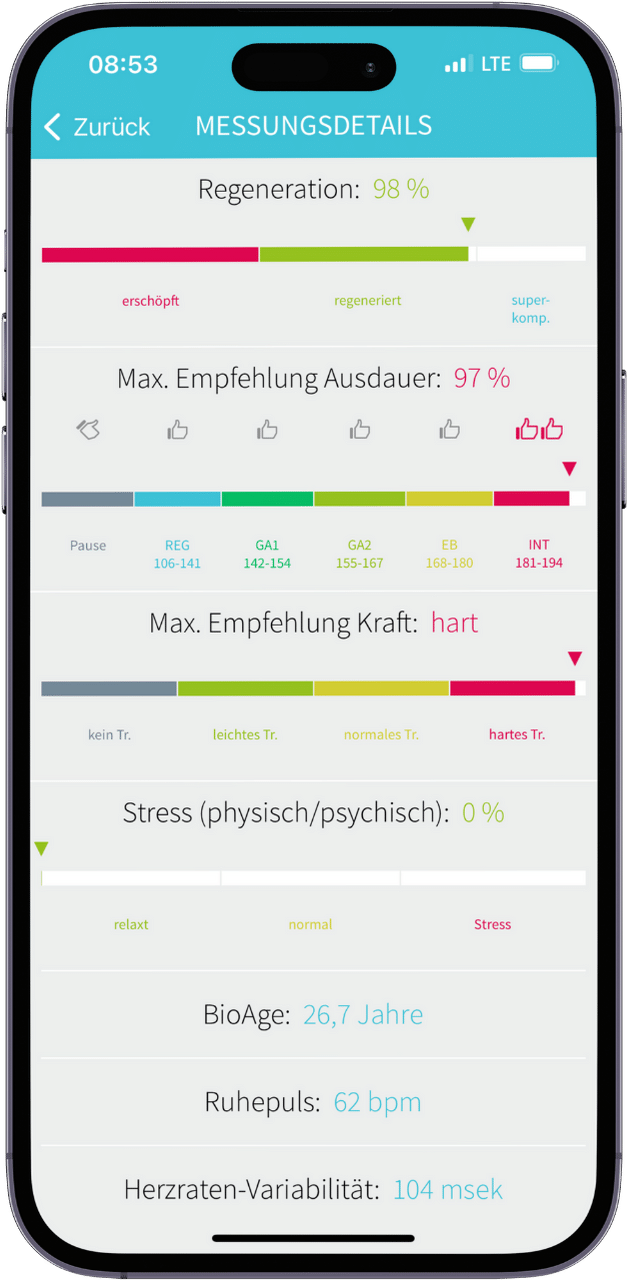
SPORTS
Regular HRV measurements can be used to quickly identify overtraining conditions ( David Dapra: The variability of heart rate , page 8). If you measure regularly and train according to our training recommendations , it is practically impossible to overtrain. This means you train much more efficiently than before, your risk of injury decreases and many of our customers tell us that they perform better with less training (of course this depends on your training intensity). We use HRV measurements not only to identify overtraining, but also to determine your individual regeneration level . From this we determine an individual training recommendation for each individual measurement.
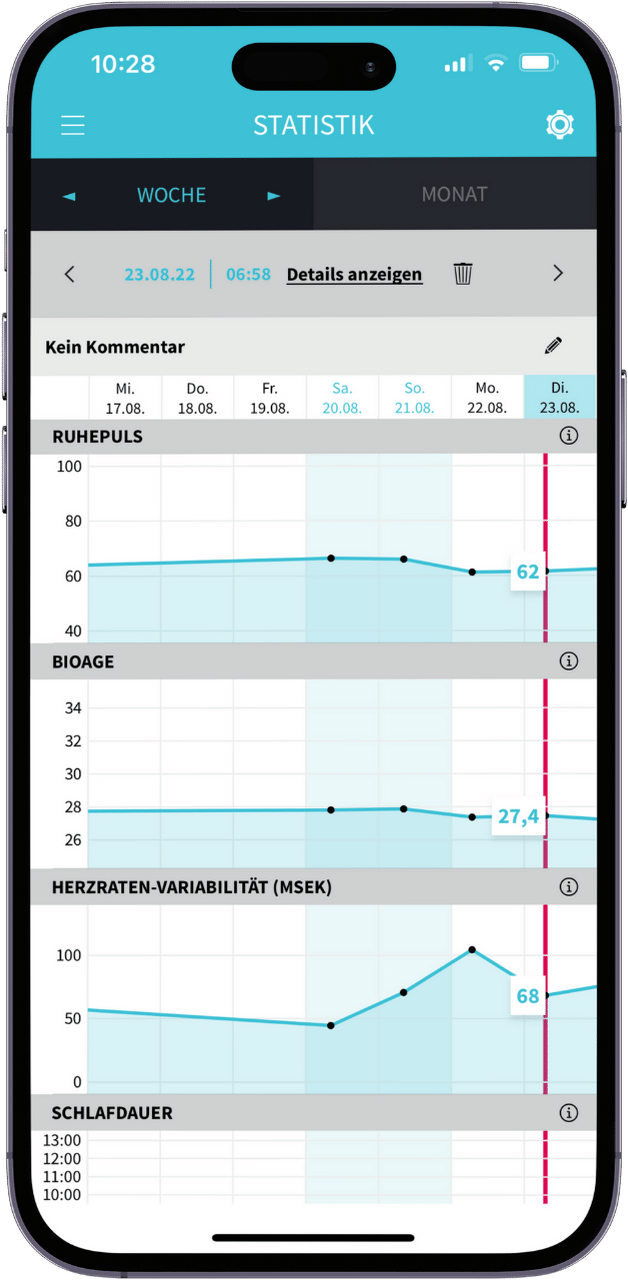
HEALTH MANAGEMENT
A greater variability in heart rate indicates a healthier and more vital current state ( David Dapra: The variability of heart rate , page 5). With our daily measurements you can determine your individual stress level and your BioAge. So you know what is good for you and what has a negative impact on your values. You can test which relaxation exercises best reduce your stress level (test our BioFeedback exercise or read the blog post on “Autogenic Training ”). You can see how exercise affects your stress level and your BioAge.
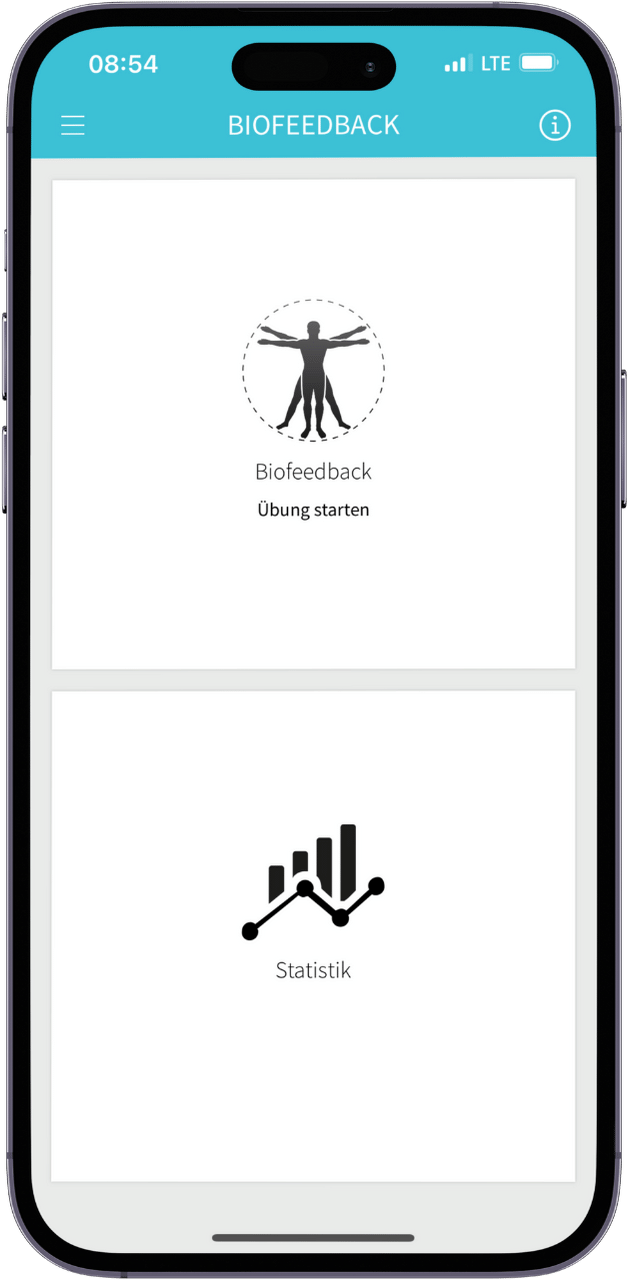
BGF/OCCUPATIONAL MEDICINE
In the " Guideline for the use of heart rate and heart rate variability in occupational medicine and occupational science " (pages 29-31) the following possible applications are also listed, which we of course also cover:
- Identification of operational stress areas
- Psychological and physical stress analysis of individual employees
- HRV as an indicator of health status
- Derivation of recommendations for action for individual employees
- Recording fatigue and recovery behavior
- Identification of benefits from occupational medicine and health-related interventions
WHY DO WE MEASURE HRV WHILE SITTING?
In order to obtain valid HRV data, it is important that heart rate variability is measured at rest , that it is measured regularly and that it is measured under the same conditions (" Guideline Use of heart rate and heart rate variability in occupational medicine and occupational science ", page 28). This is exactly the reason why “sitting with your back leaning” is necessary in our measurement method. HRV measurement is a very complex matter that is distorted by even small movements (sneezing, yawning,...). Leaning your back is important so that your muscles have to do as little work as possible and the Vitalmonitor produces valid measurements.
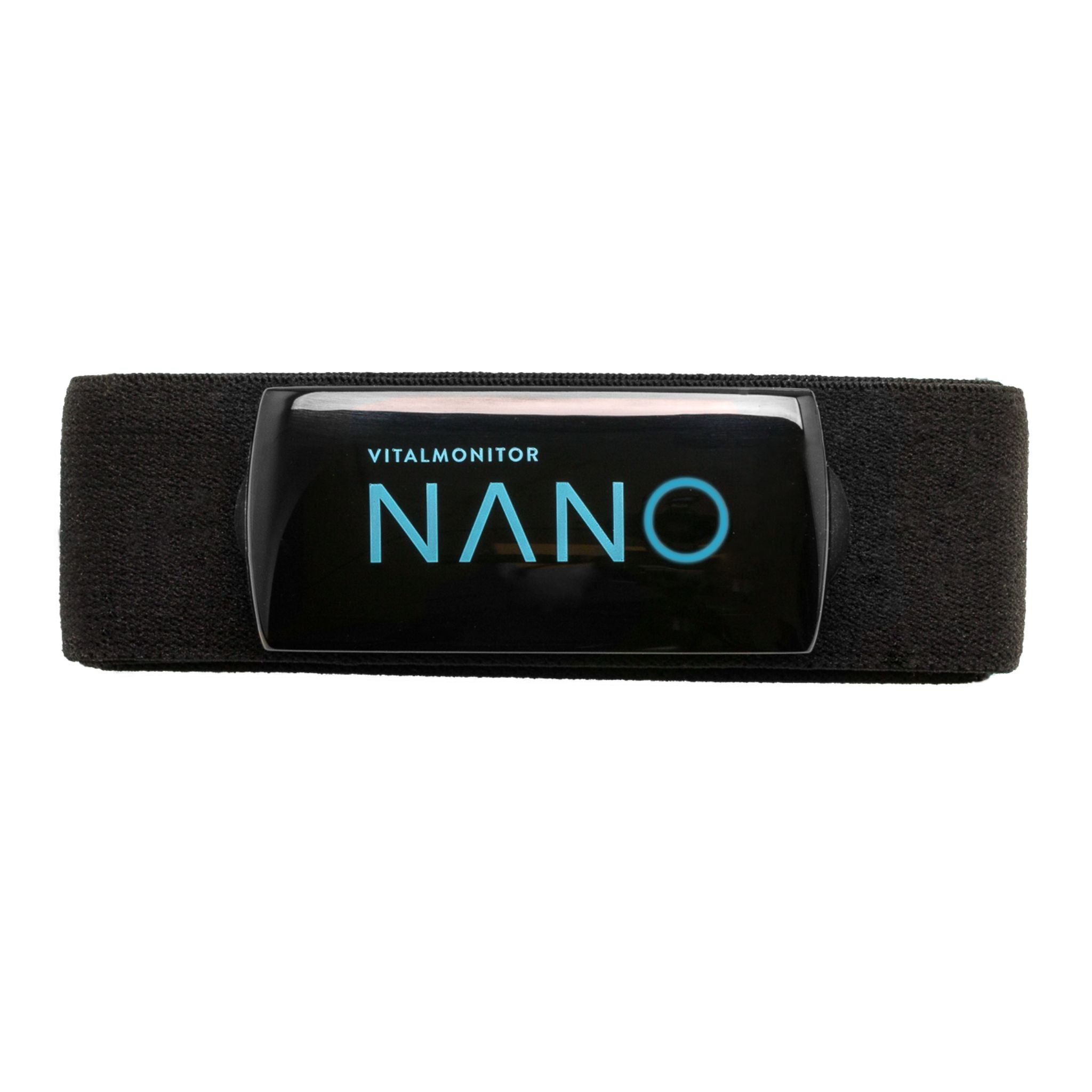



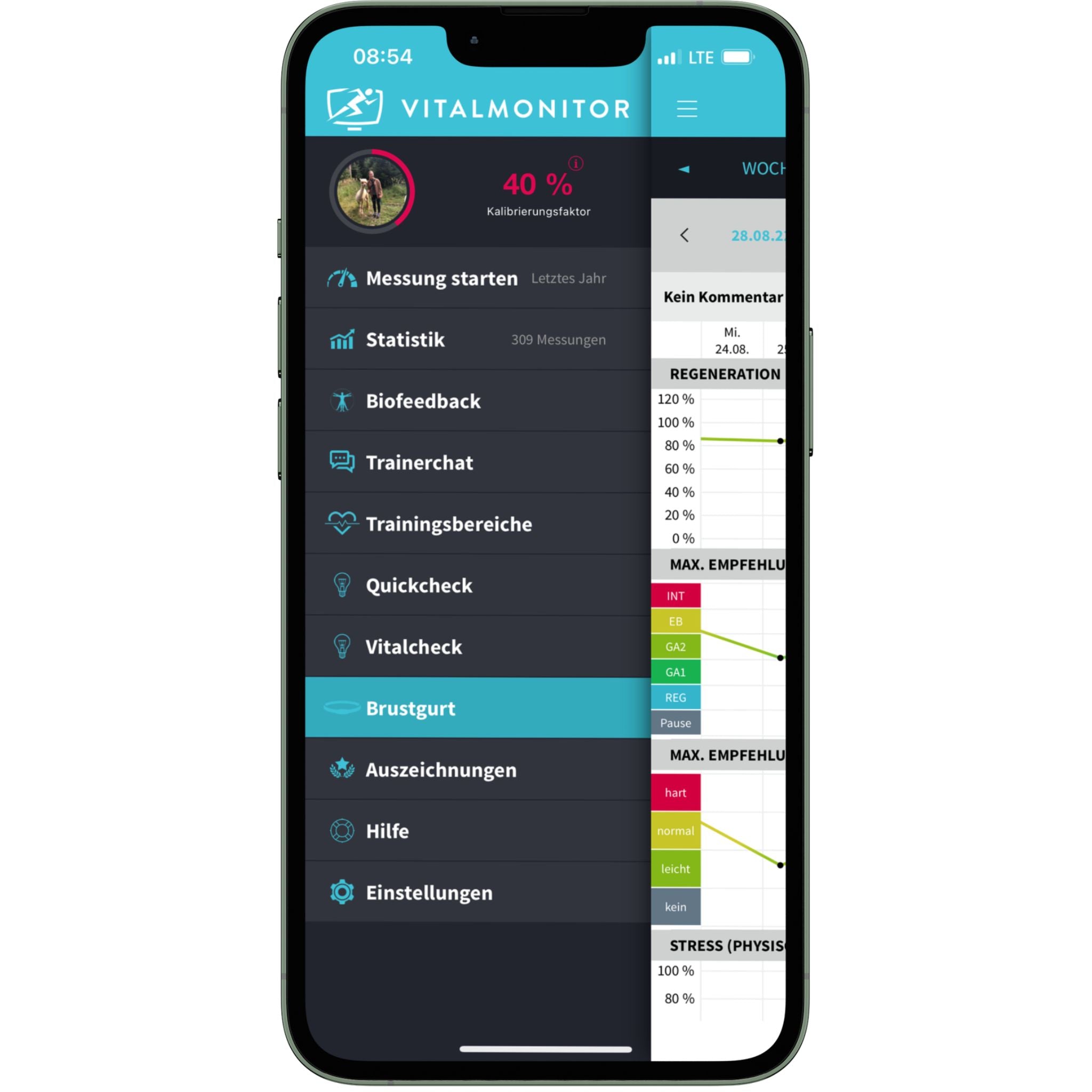
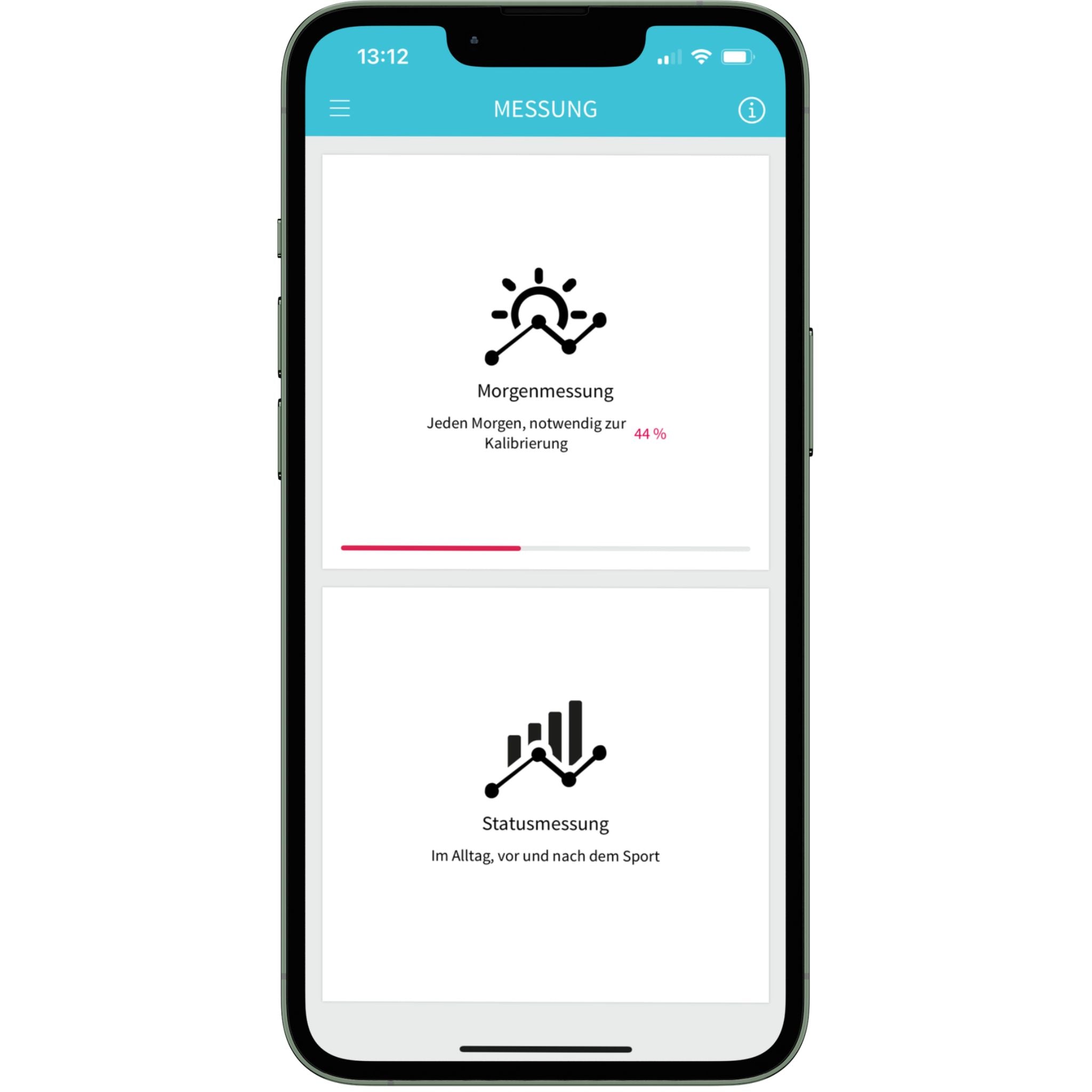
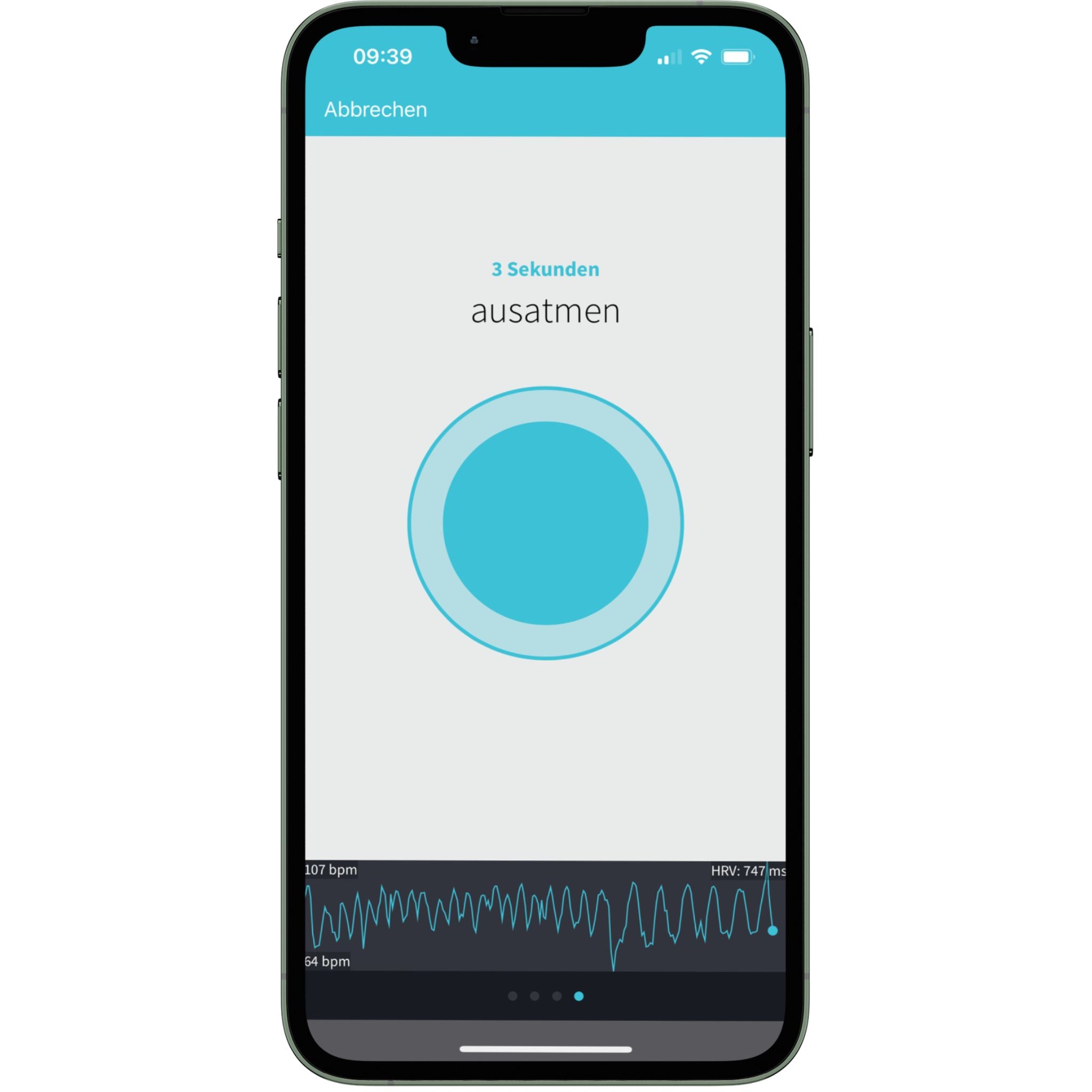
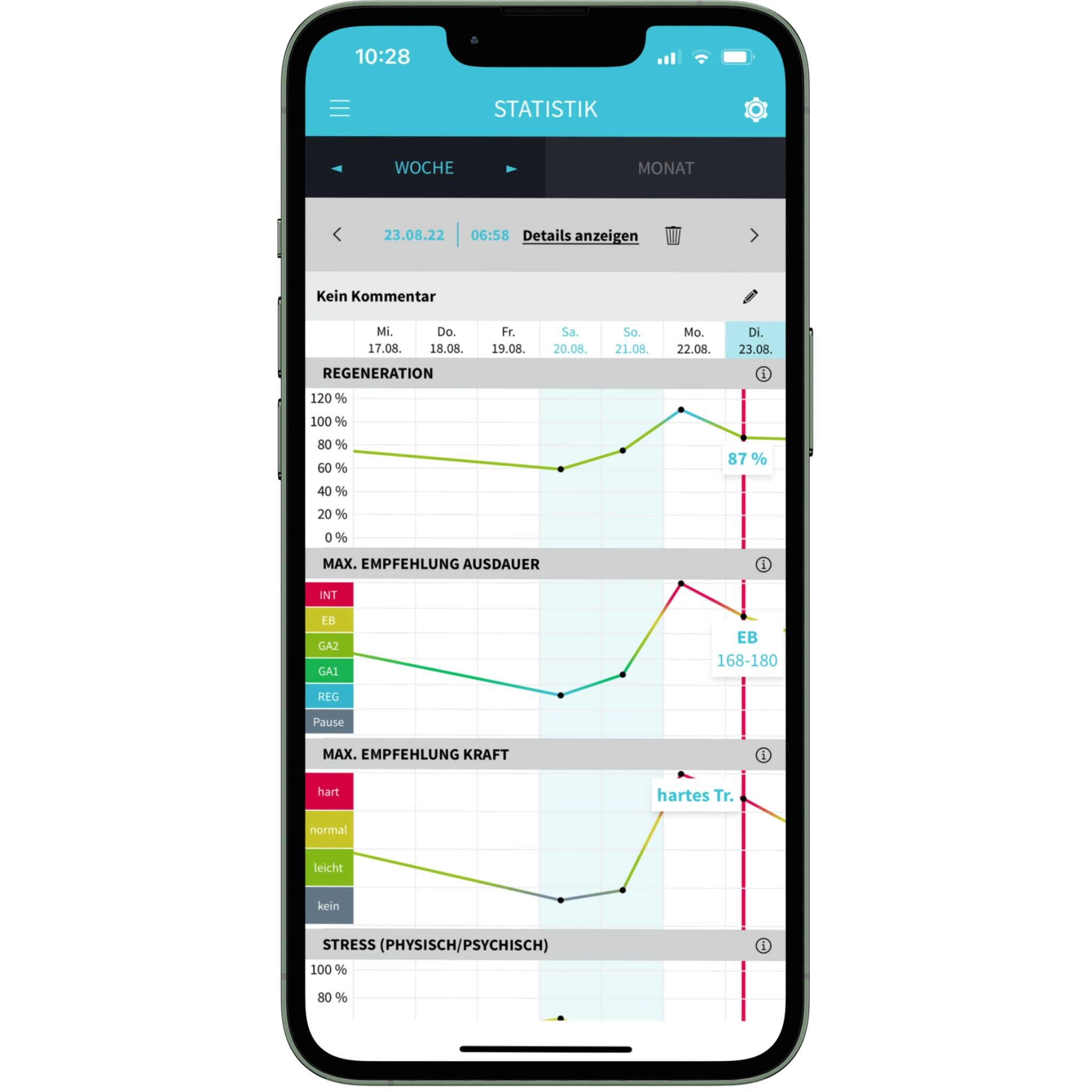


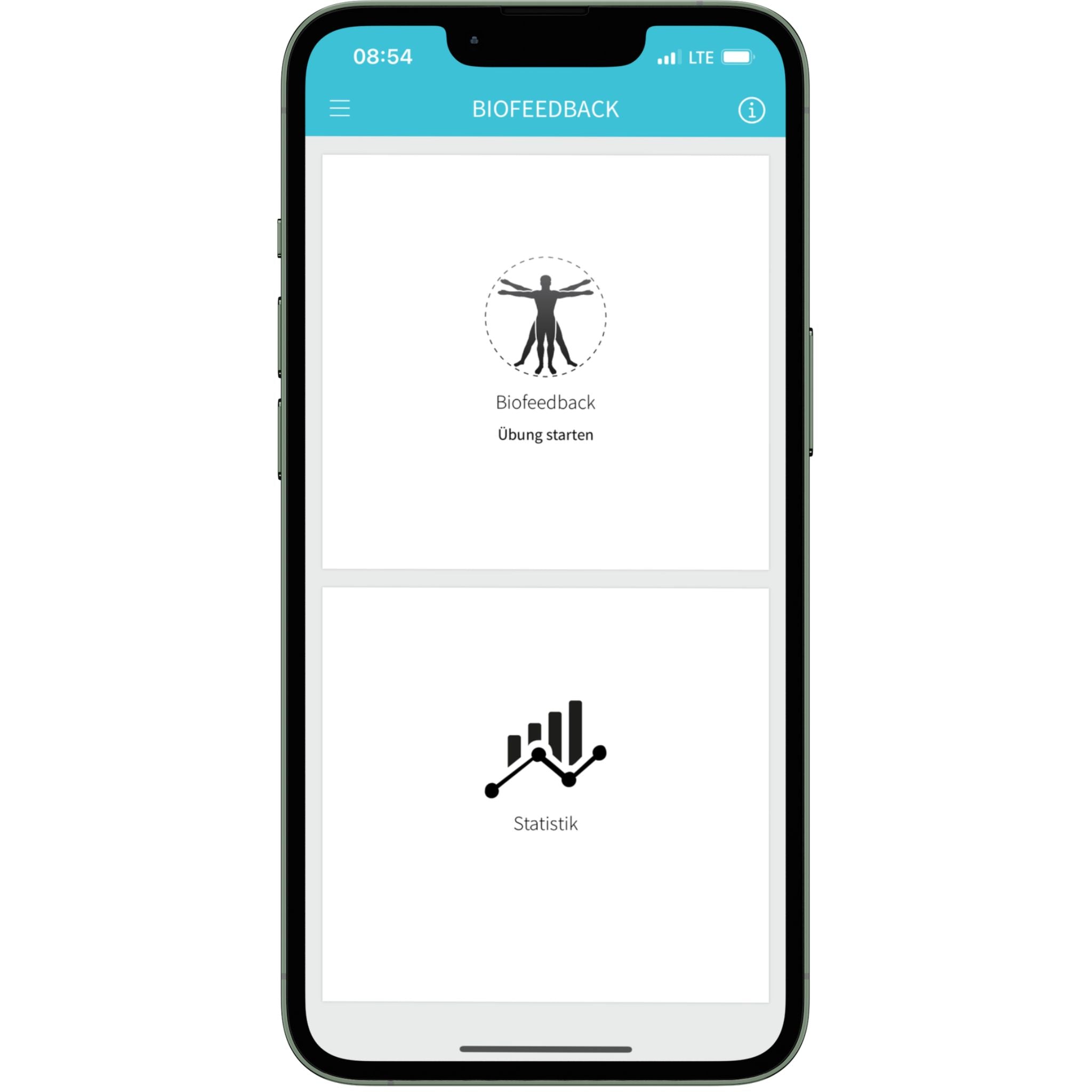
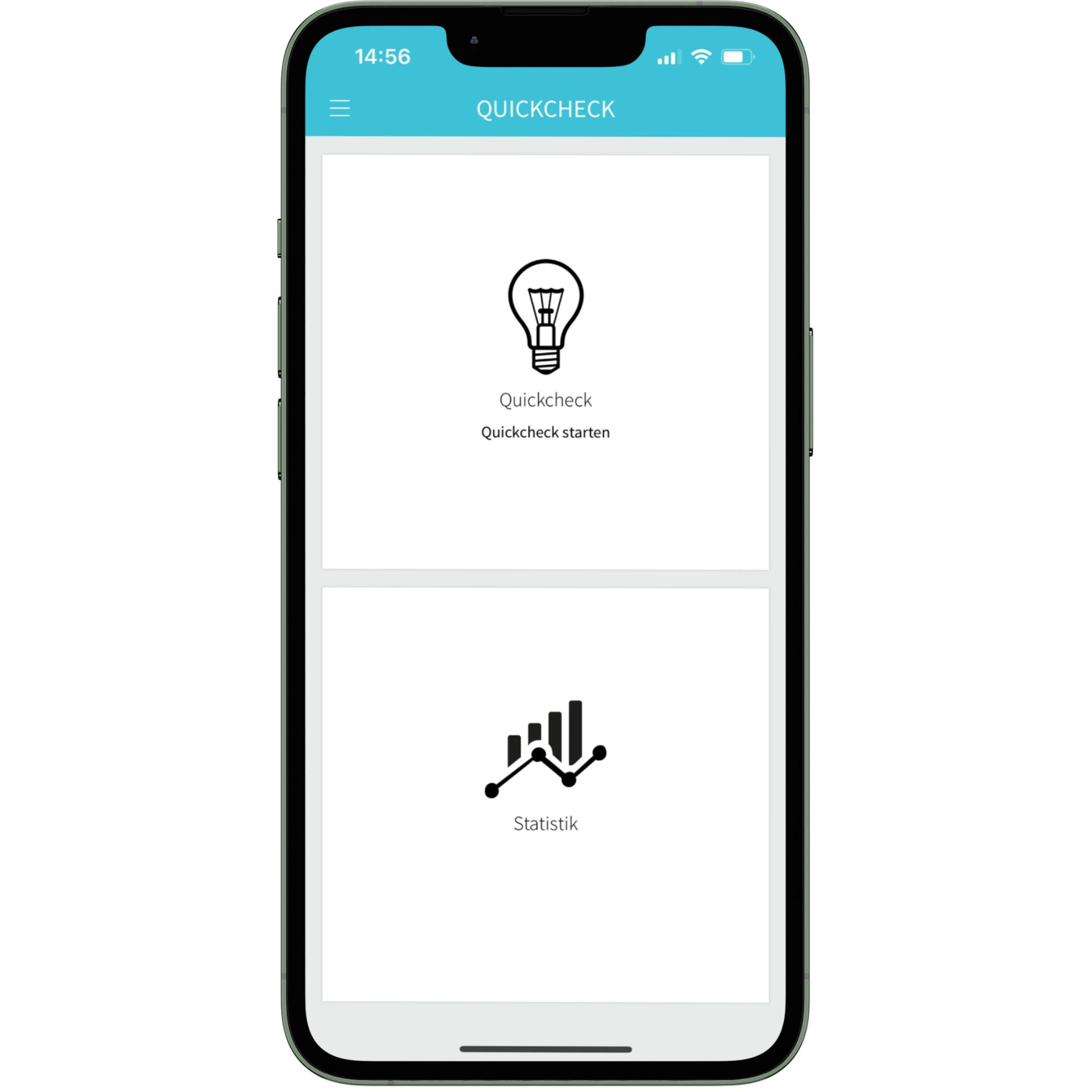
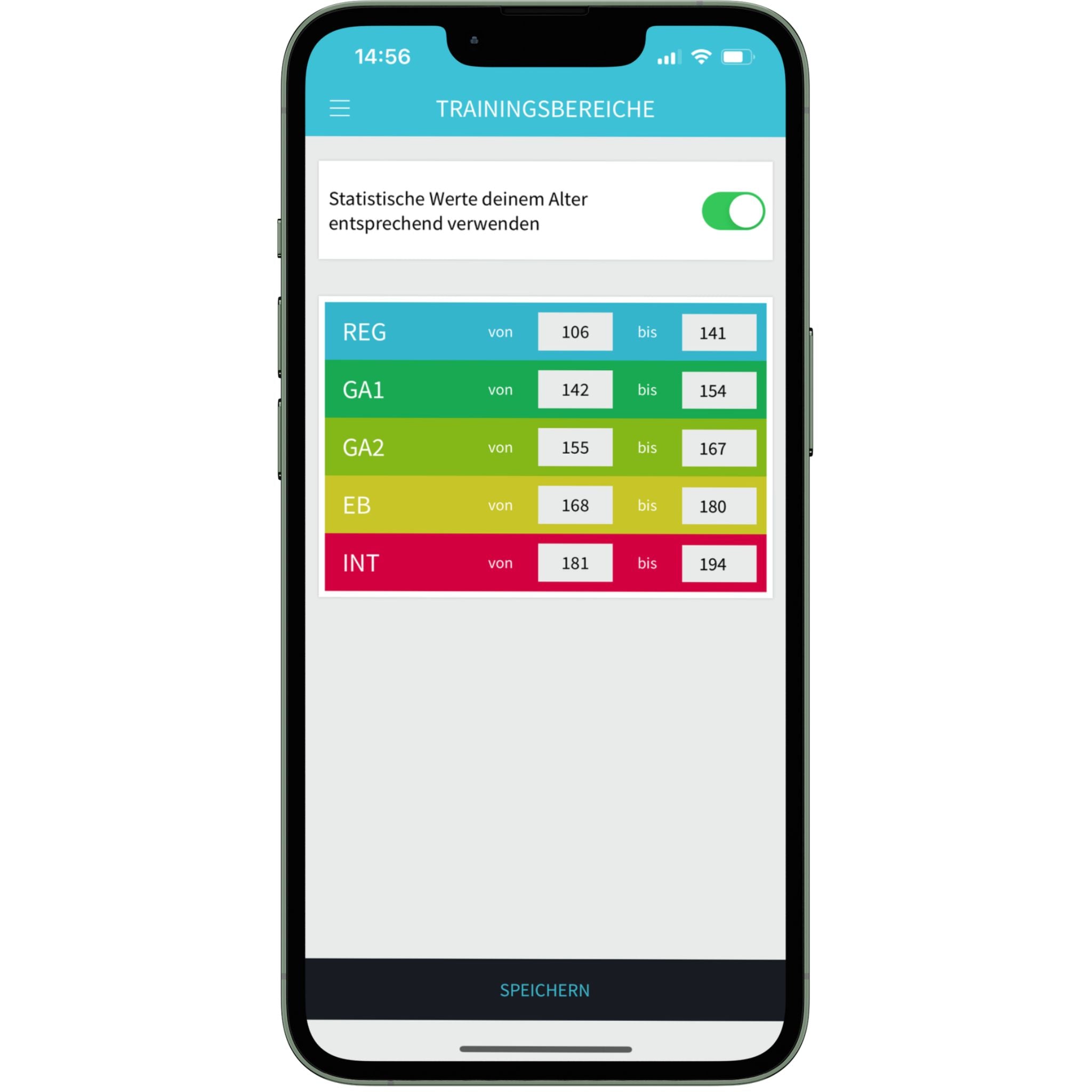



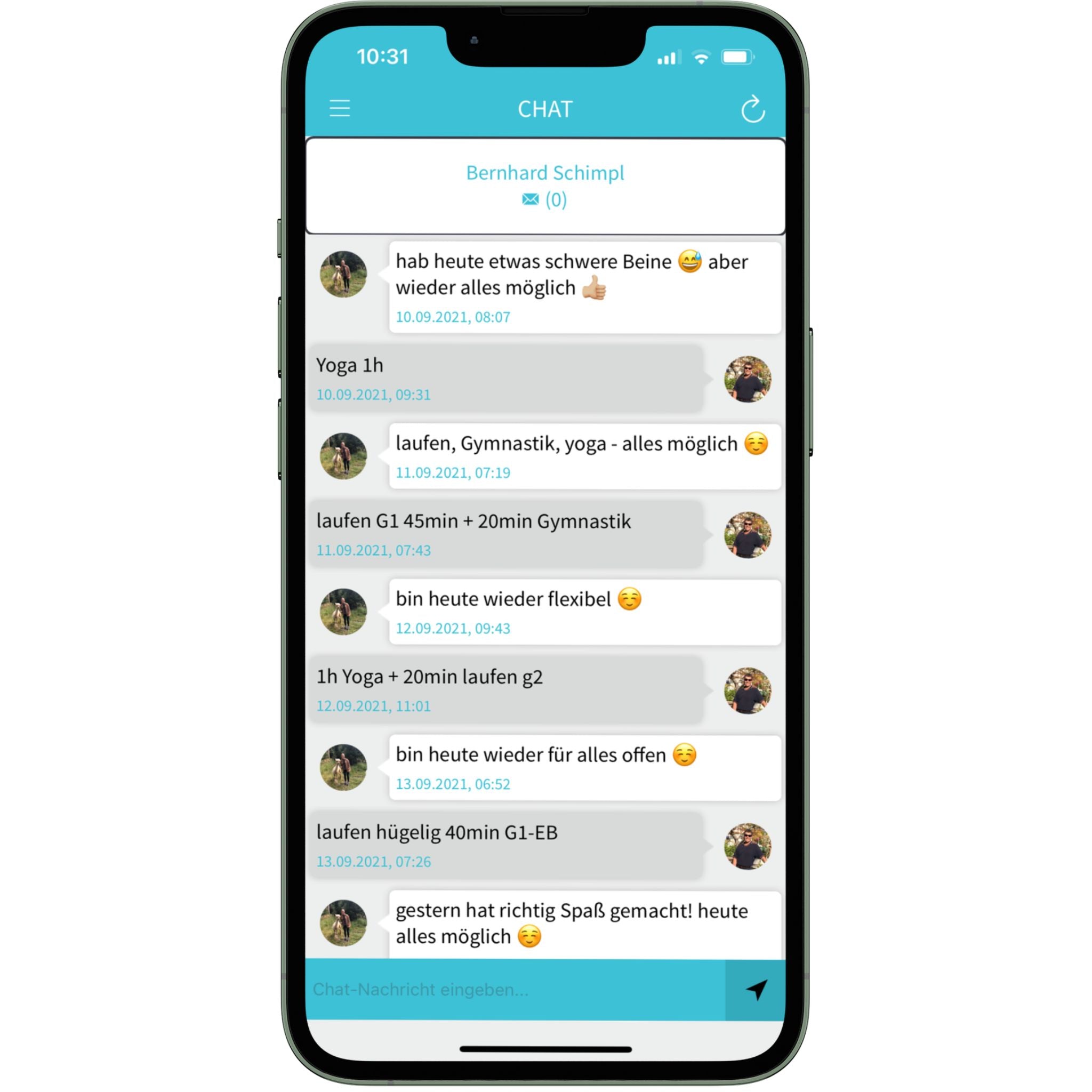
The Vitalmonitor Nano measures your HRV (heart rate variability). This makes precise measurements possible in order to make effective training recommendations or to precisely measure your stress level.
- Effective training recommendations BEFORE training
- Measure regeneration
- Analyze stress levels
- Evaluate lifestyle and health based on BioAge
Our partners










